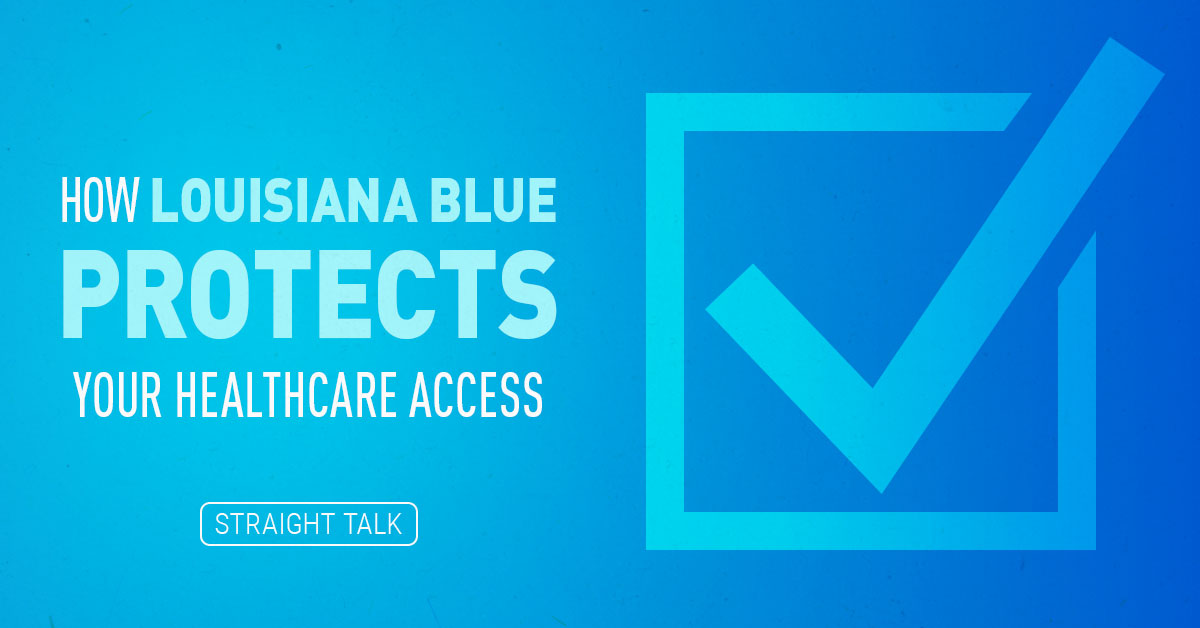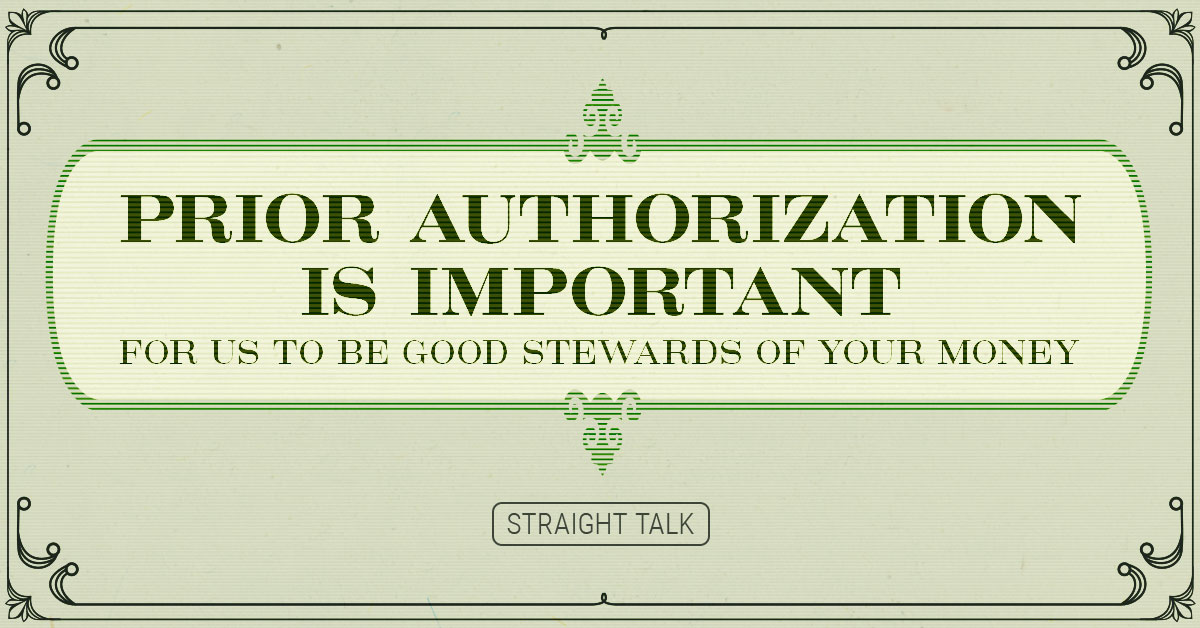By Michael Bertaut, Healthcare Economist
Perhaps the saddest tale of the Affordable Care Act (ACA) is the saga of the co-ops. These plans were asked to do the absolute impossible and it’s no surprise that they haven’t accomplished it.
Some background: Co-ops (which stands for Consumer Oriented and Operated Plan) were essentially built on the original Blue Cross model – with a community board and not-for-profit status. About 25 Blue plans, including Blue Cross and Blue Shield of Louisiana, still operate this way. Overall, co-ops have received $2.4 billion in federal loans to help pay start-up costs and to meet state solvency requirements.
But co-ops have more regulatory handcuffs than traditional insurers on important business functions like marketing, reinvestment and raising capital. According to the New York Times, co-ops have been created in 23 states , enrolling more than a million people as of March 25. However, as of Oct. 23, nine of these co-ops — in Colorado, Iowa, Kentucky, New York, Nevada, Tennessee, Oregon, South Carolina and here in Louisiana — have announced this year that they are closing, and many of the remaining co-ops are losing money, too.
The co-ops were asked to create from scratch a self-sustaining health insurance company virtually overnight and compete with companies that have huge economies of scale. But the co-ops didn’t have the advantages of large insurers, like significant network discounts from medical providers or significant cash reserves to weather the time and costs to stabilize huge, new groups of previously uninsured people. Imagine the battle simply to achieve name recognition!
Since these co-ops had very little time to get going, most functions had to be outsourced. This put them at the mercy of contractors for every business function and guaranteed money flowing out long before the first dollar of premium came back in. A very tough battle.
It’s also difficult to figure out what niche they were supposed to fill in most states. Without the pillars in place that make health insurance risk pools stable (competitive provider network discounts, significant reserve funds, in-house experience in vital functions and a relatively young and healthy risk pool), making these plans viable was simply, in most cases, too much to ask.
Consider the hard place state insurance commissioners find themselves because of these plans. The commissioner’s job is to make sure claims get paid and people’s premiums actually result in health coverage. They can’t do this if a plan has few reserves, and the co-ops were all badly under-capitalized. This makes the co-ops subject on a daily basis to aggressive, state-level scrutiny of their financial viability.
Perhaps the final nail in their coffin? The federal government ENCOURAGED them to underprice their plans with the promise of all sorts of cash coverage on the back end if they lost money. Every single model the federal Center for Medicare & Medicaid Services (CMS) used to forecast “money-in vs money-out” was significantly inaccurate.
Why?
At the end of the day, co-ops will fail because, at every level, every estimate made pre-ACA of how sick the uninsured were was embarrassingly low. These folks had significantly more health needs than the federal government estimated (see an upcoming blog for more on that), and now every carrier serving individual customers through the ACA (save a few national carriers who waited until the last minute to jump in) is losing money. With the shallowest pockets, the co-ops were simply the most vulnerable to the immense sums of money required to help these folks get well and keep them well.




Leave a Reply